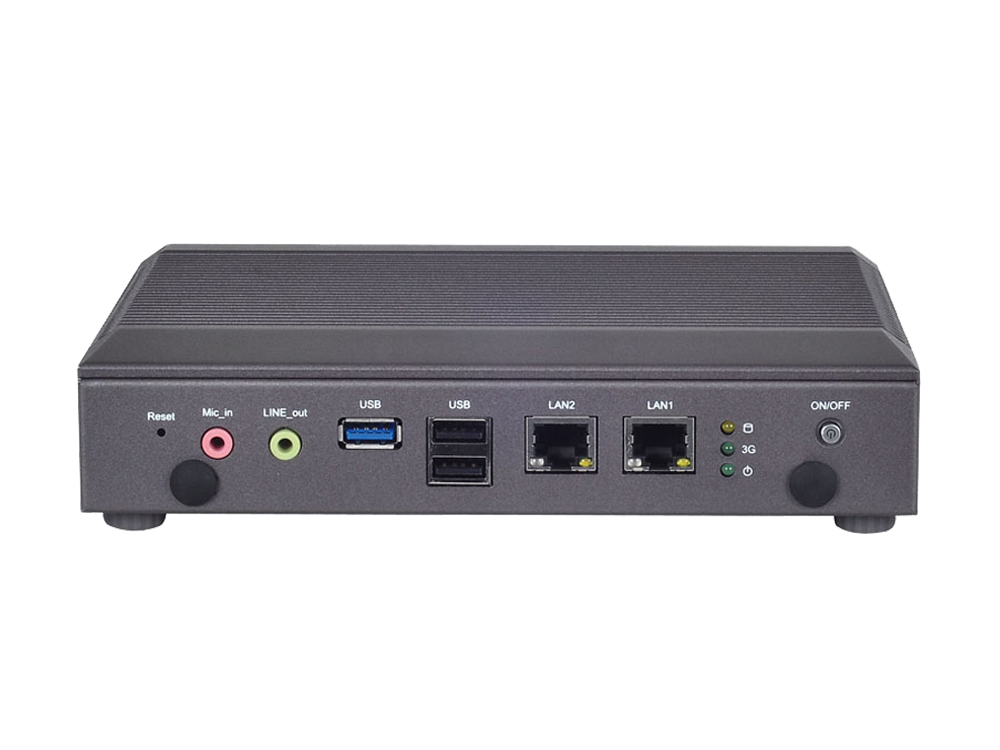Introduction
Imagine we are living in a smart community where city assets and community infrastructures are interconnected by IoT and cloud. The citizens can access to public resources, for example, buses, utility information, libraries, parking and traffic conditions, anytime and anywhere from where they are through wireless network. We will enjoy a high quality of life while significantly saving massive amount of energy and costs. Indeed, this ultimate goal requires multiple levels of technologies to achieve the efficiency we need.
Among all the constructions for the smart city, the fundamental and primary installment shall be smart streetlight. In other words, smart streetlighting is the necessary and fundamental first step for the smart community or smart city in the future. Imagine all the street lights can be controlled by network and software so that lighting usage can be controlled efficiently to save our energy cost while providing the necessary illumination for urban safety.
Deployment Requirements
For the street lights to be ‘smart”, all of these illuminating poles on the streets, like LED street lamp, have to be linked together under one network chain and they must be managed, monitored and controlled both collectively and individually by management software. The staff can monitor the status of each individual street light or a group of them in a specific area, which might be categorized and managed depending on gateways.
Hardware wise, the street lights have to be grouped and managed by gateway controllers so that the control center staff can determine which and when the lights should be switched on and off. For instance, some gateway controllers may be deployed in one district to manage the streetlights in that area, functioning between the control center and the illuminating objects. That way, the power consumption of street lights can be managed effectively.
Overall, a well-planned smart streetlight system should take the followings into considerations:
- Streetlight and gateway monitoring: the control center has to be able to monitor the status of every single streetlight and gateway.
- Real-time power consumption status: the control center can analyze which ones of the hundred thousand lights consume the most electricity.
- Alert report and management: if any of the streetlight is malfunctioned, there will be alerts.
- Illumination control: the control center can choose which lights to switch on/off in a remote manner.
- Schedule Management: we can set schedules for the lights to go on/off during a certain period of time.
- Report and log generating: the generated reports and logs will be used for future reference.
- Gateway deployments: this is a fundamental factor because without it, the system will not work.
Lanner’s Application Solution
A system integrator in Taiwan deployed Lanner’s LEC-7230M as a smart gateway controller for streetlights of university campus and highways. The smart gateway is connected to wireless network including Zigbee/Wi-Fi/Ethernet/3G/4G to manage the streetlights. LEC-7230M also comes with fail-safe mechanism to ensure smooth operations.
As said above, a power-efficient gateway plays a crucial role in smart streetlights. LEC-7230M comes with wireless network connectivity so that it can bridge streetlights through network. The gateway controller also provides 2 RJ-45 LAN ports for Ethernet connection.
The inside of LEC-7230M is Intel Celeron J1900 CPU, a highly balanced power/performance processor that can minimize power consumption during computing operations. The chassis of LEC-7230M is fanless and dust-proof, ideal for outdoor environment.
For connections with sensors and other peripheral devices, LEC-7230M provides 3 USB ports and 2 COM ports (RS-232/422/485).
With wireless network connectivity, power-saving CPU, dust-proof chassis, LAN/USB/COM I/O design, LEC-7230M can function well as a smart gateway to manage district streetlights for the control center.
Future Implications
As said in the introduction, smart streetlights are just the beginning of a smart community or a smart city. Indeed, the technologies deployed for smart streetlights can be transferred to many other applications, such as parking meters, surveillance systems, and traffic control.

- Real-time Video Transmission
- Real-time Image & Video Emergency System
- Smart Lighting
- Smart Parking
- Water Quality
- Air Pollution (PM2.5) Monitoring
- Water Leakage
- Smart Roads
- Waste Management
- Radiation Levels Detection







